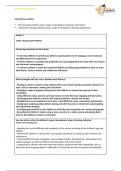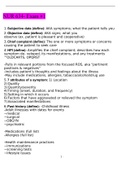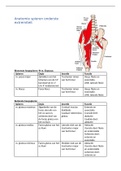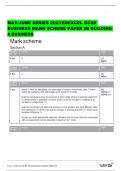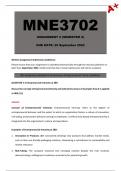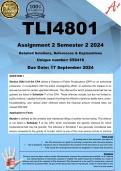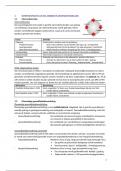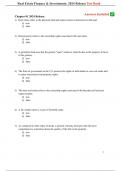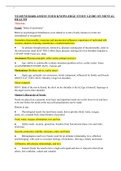Other
activities that can be done and complete solved tables of mathematics and literacy
- Module
- Institution
Early literacy activity • Plan learning activities using a range of strategies to develop early Literacy and maths • Implement learning activities using a range of strategies to develop early literacy and maths
[Show more]
